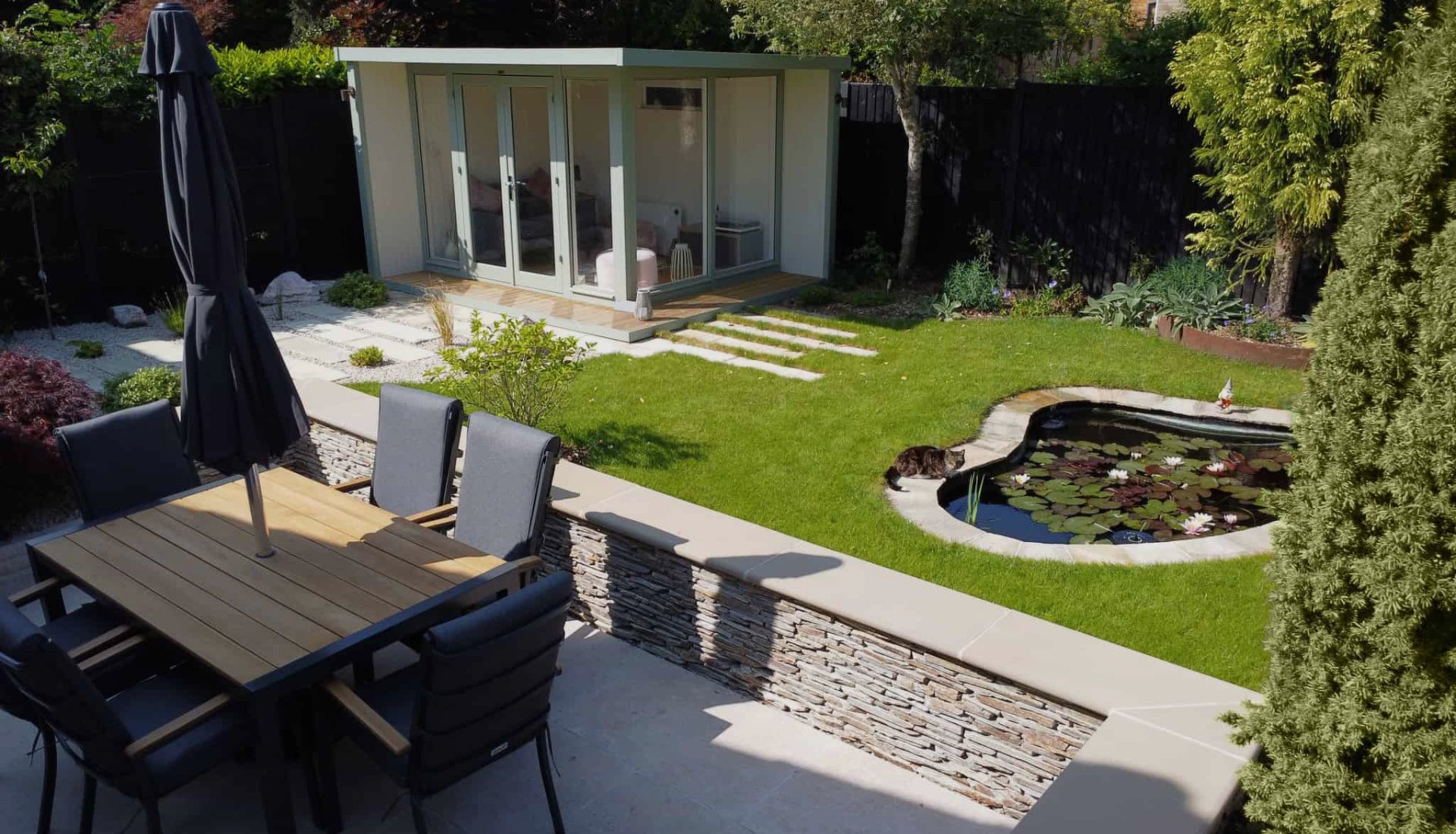
Landscape Maintenance
Landscape gardening maintenance is all about the ongoing care and upkeep of a landscaped garden or outdoor space. This might include some of the more common tasks such as mowing, trimming, watering, fertilizing, and pest control, for example. Landscape gardening maintenance is absolutely essential for maintaining the health and appearance of any landscape and ensuring that it continues to do look and function as it was intended to do. It may also involve tasks such as pruning trees and shrubs, removing weeds, and cleaning up debris. Landscape gardening maintenance might seem relatively simple, but having a team of professionals makes all the difference in the world. Landscape gardening maintenance may be done on a regular basis, such as weekly or monthly, or it may be done on an as-needed basis, depending on the needs of the landscape.
Why is it important to have a Landscape Maintenance plan?
Some of the more common tasks undertaken with a landscape maintenance service include but are not limited to the following –
Mowing: This involves cutting grass to a desired length, either with a hand-push mower or a riding mower, to maintain the lawn’s appearance and keep it free from weeds and overgrown grass.
Pruning: This involves removing dead, diseased, or overgrown branches and stems from bushes, shrubs, and trees to promote healthy growth and improve the appearance of the landscape.
Weeding: This involves removing unwanted weeds from flower beds, garden beds, and other areas of the landscape to prevent them from spreading and competing with desired plants for water and nutrients.
Mulching: This involves spreading a layer of organic material, such as leaves, bark, or wood chips, around plants to conserve moisture, suppress weeds, and add organic matter to the soil.
Irrigation: This involves providing water to plants and landscapes in order to maintain healthy growth, especially during dry spells.
Fertilization: This involves adding nutrients to the soil to promote healthy growth and improve the appearance of plants. This can be done through granular fertilizers or liquid fertilizers.
Aeration: This involves creating small holes in the soil to allow air, water, and nutrients to reach the roots of plants and grass, leading to improved health and growth.
Pest control: This involves using chemicals or natural methods to control pests and diseases that can damage plants and reduce the overall health and appearance of the landscape.
Landscape lighting: This involves installing lighting fixtures to enhance the appearance of the landscape and highlight its features at night.
Tree and shrub care: This involves providing care and maintenance to trees and shrubs, including pruning, fertilization, pest control, and irrigation to keep them healthy and improve their appearance.